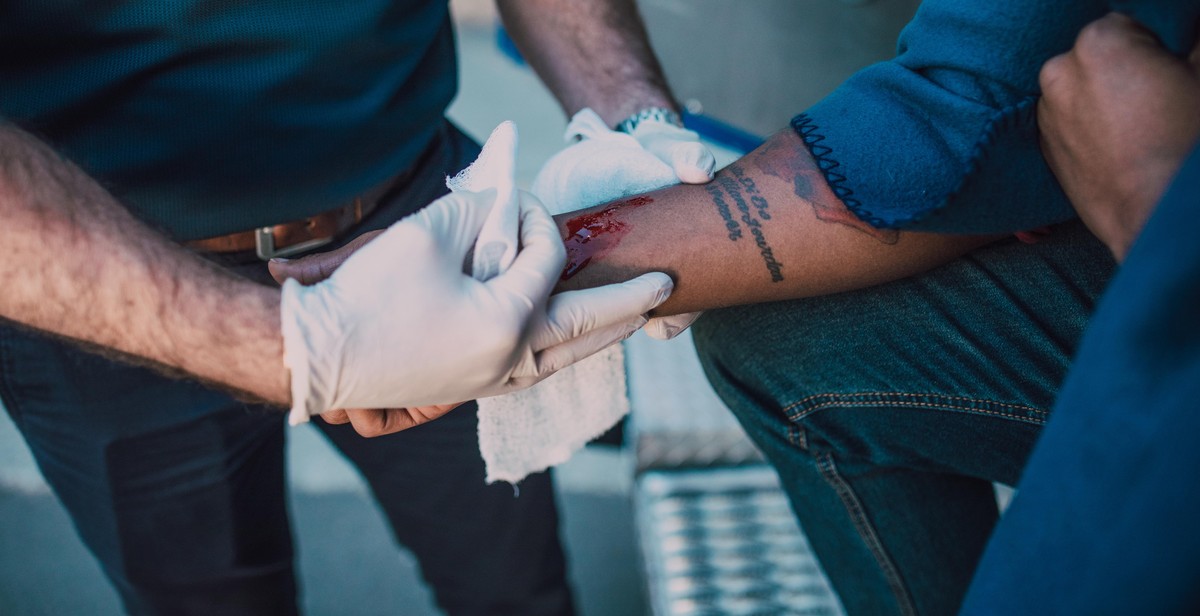How to Treat Frog-related Injuries: First Aid Techniques
As an avid hiker and nature enthusiast, I’ve had my fair share of encounters with frogs. While these amphibians are generally harmless, they can cause injuries if provoked or mishandled. Whether you’re a hiker, gardener, or simply someone who enjoys spending time outdoors, it’s important to know how to treat frog-related injuries.
Common Frog-related Injuries
Most frog-related injuries are minor and can be treated at home with basic first aid techniques. However, some injuries may require medical attention. The most common frog-related injuries include:
- Frog bites
- Frog scratches
- Eye irritation from frog secretions
- Allergic reactions to frog secretions
First Aid Techniques for Frog-related Injuries
If you experience a frog-related injury, it’s important to act quickly and take the appropriate first aid measures. Here are some techniques you can use:
- Wash the affected area with soap and water
- Apply a cold compress to reduce swelling and pain
- If the injury is a bite or scratch, apply an antiseptic and cover with a sterile bandage
- If you experience eye irritation, flush your eyes with water for at least 15 minutes
- If you experience an allergic reaction, seek medical attention immediately
| Important Note: | Do not handle frogs unnecessarily or provoke them, as this can increase the risk of injury. |
|---|
By following these first aid techniques, you can effectively treat frog-related injuries and prevent further complications.

Identifying Frog-related Injuries
Frogs can be a fun and interesting part of the natural world, but they can also pose a risk to humans. While most frog-related injuries are not serious, it is important to know how to identify them so that you can take the appropriate action to treat them. In this section, we will discuss the types of frog-related injuries and the symptoms that are associated with them.
Types of Frog-related Injuries
There are several types of injuries that can be caused by frogs, including:
- Bites: Frogs have small teeth that they use to catch and eat their prey. If a frog feels threatened, it may bite in self-defense. Frog bites are usually not serious, but they can cause pain, redness, and swelling.
- Scratches: Frogs have rough skin that can scratch humans. These scratches are usually not serious, but they can become infected if they are not cleaned properly.
- Poisoning: Some species of frogs secrete toxins through their skin. These toxins can cause a range of symptoms, from mild irritation to severe illness or even death. Poisoning can occur if a person handles a frog or its secretions and then touches their eyes, nose, or mouth.
Symptoms of Frog-related Injuries
The symptoms of frog-related injuries can vary depending on the type of injury and the severity of the reaction. Here are some common symptoms to look out for:
| Type of Injury | Symptoms |
|---|---|
| Bites |
|
| Scratches |
|
| Poisoning |
|
If you experience any of these symptoms after coming into contact with a frog, it is important to seek medical attention immediately. Even if the symptoms are mild, they can worsen over time and lead to serious complications.
Now that you know how to identify frog-related injuries and their symptoms, it is time to move on to the next section, where we will discuss the first aid techniques that you can use to treat these injuries.

First Aid Techniques for Frog-related Injuries
Frogs are fascinating creatures, but they can also cause injuries if not handled properly. If you find yourself with a frog-related injury, it’s important to take the right steps to treat it and prevent infection.
Wound Cleaning
The first step in treating a frog-related injury is to clean the wound thoroughly. Use soap and water to wash the affected area, and then rinse with clean water. If the wound is bleeding, apply pressure with a clean cloth or bandage until the bleeding stops. If the wound is deep or you suspect it may be infected, seek medical attention immediately.
Pain Management
If you’re experiencing pain from a frog-related injury, there are several things you can do to manage it. Applying a cold compress to the affected area can help reduce swelling and numb the pain. Over-the-counter pain medications such as ibuprofen or acetaminophen can also be effective. If the pain persists or becomes severe, seek medical attention.
Preventing Infection
Preventing infection is crucial when treating a frog-related injury. Keep the wound clean and dry, and cover it with a sterile bandage or dressing. Change the bandage regularly, and watch for signs of infection such as redness, swelling, or pus. If you notice any of these symptoms, seek medical attention immediately.
By following these first aid techniques for frog-related injuries, you can effectively treat the injury and prevent complications. Remember to seek medical attention if the injury is severe or if you suspect infection.
